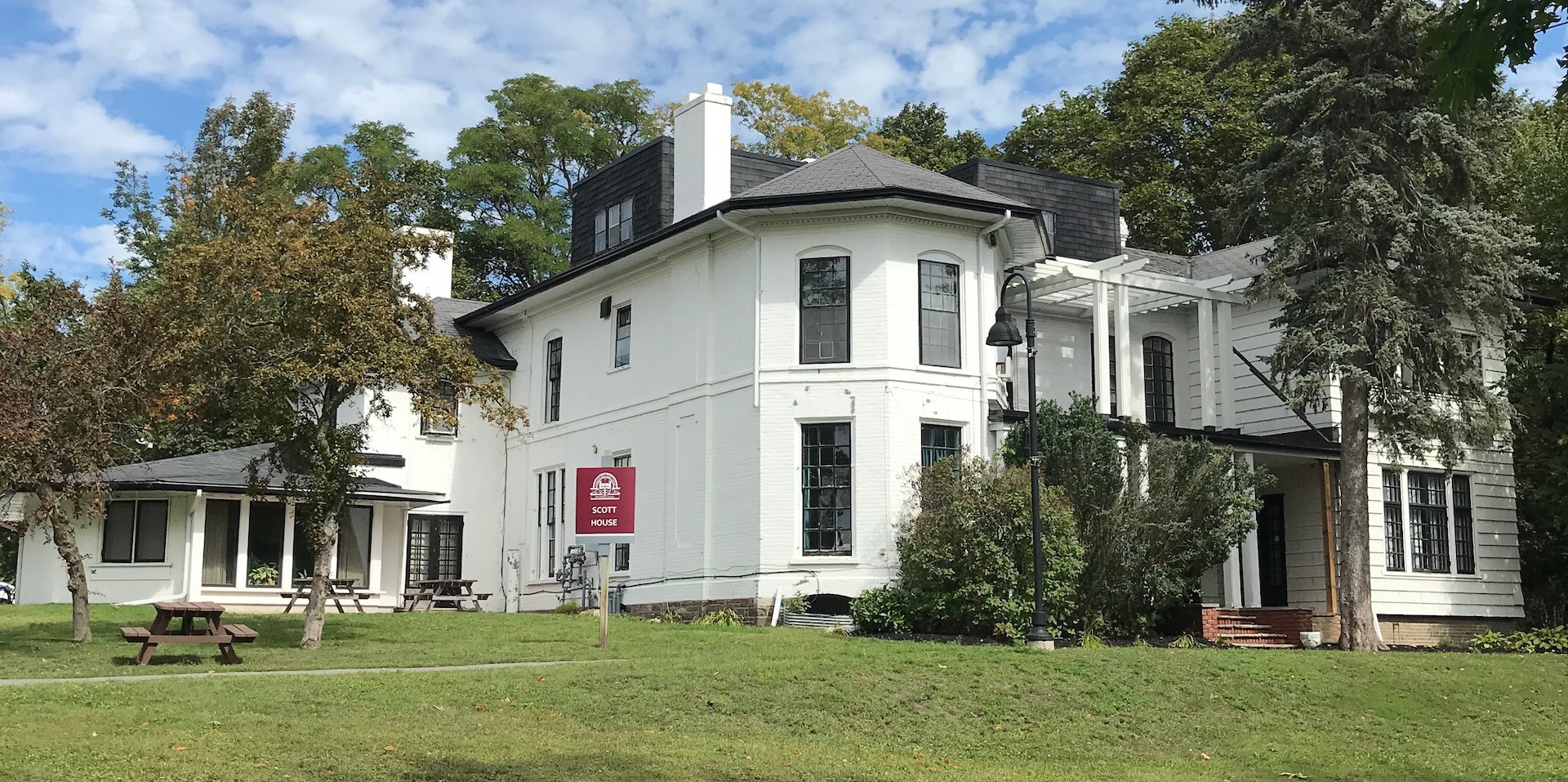For Trent University Indigenous Studies Ph.D. candidate Tasha Beeds, academia is about more than getting a high paying job upon graduation. It’s a vehicle for change. She’s researching violence in the lives of Indigenous women through a lens of Cree consciousness and the âtayôhkêwina (Sacred Stories) and wants to help create “safe spaces” for Indigenous women by doing so. This fall, she was granted a $105,000 scholarship by the Social Science and Humanities Research Council (SSHRC) to conduct that research. Arthur wanted to know more and so we caught up with Beeds over email.
You’ve written about being of both nêhiyaw (Cree)-Métis and Caribbean ancestry. What was it like for you growing up in Saskatchewan?
My experience growing up was very difficult since I attended school in the small non-Indigenous town of Shellbrook in Saskatchewan. As a child of nêhiyaw (Cree) and mixed Caribbean ancestry, and as a child of a single Indigenous mother, I faced severe racism on a daily basis – in the school curriculum, from my teachers, from my peers, and from local businesses.
When I was fourteen years old, my high school principal told me I would never amount to anything and that I should just “give up” and go on welfare like all my people did. Defiant and ashamed, I quit school at the age of 14.
I found refuge from “town” in my nêhiyaw (Cree) and Métis communities: mistawâsis, atâhk-akohp, and nêwo-nâkiwin, where various family members lived. Stories and laughter washed away the bitter taste of racism.
I heard stories of Elder Brother, of the mêmêkwêsisak, and the wîhtikow; I heard stories of resilience, humour, strength, and courage. My mother’s people and their stories grounded me; they were the ones who encouraged me to move beyond the poverty and racism to lead the way for the next generation.
I entered university as a mature student and a single mother. I was determined my son, and others, would benefit from my choices and see me as a role model. Despite the financial and emotional struggles of being a single mother, I earned my undergraduate degree with double high honours and went on to become a university lecturer.
Edward Ahenakew inspired much of your master’s thesis. Can you tell me a bit about Ahenakew, what he’s done for Cree literature and how he’s inspired you?
Born in 1885 in atâhk-akohp, Ahenakew was an Anglican Minister, but he was also very much rooted in nêhiyawi-mâmitonêyihcikan (Cree consciousness), having been trained by a generation of the kêhtê-ayak (Old People) who lived in a time before Euro-Canadian settlement.
Although many people believe Ahenakew was an example of assimilation by virtue of his role as an Anglican minister, in my thesis, I argue he is an example of a generation of nêhiyaw people who lived through incredible upheavals and tragedies and were determined to ensure nêhiyawêwin (the Cree language) and nêhiyaw-îsîhcikêwina (Cree culture/ways) were maintained for future generations.
Ahenakew was one of the first nêhiyaw people to publish the âtayôhkêwina, the Sacred Stories, in English. Ahenakew bridged multiple worlds, but he always remembered who he was as a nêhiyaw man. He also recognized future generations would need direction. Following the footsteps of kistêsinâw/wîsahkêcâhk, Ahenakew recreated the topography of the English language, making the space and marking the paths for us, so that we, too, can ê-kwêskîmoyahk; change the form of the future for the next generation.
How do you think your research will help your community?
As an Indigenous scholar, I firmly believe my academic endeavors are much more than an intellectual exercise; they are explicitly connected to the notions of community, ethics, and responsibility. My scholarship must be reciprocal and beneficial to Indigenous communities. As a teacher, I have an ethical responsibility to lead my students to a place of learning where they can develop critical thinking skills that will allow them to realize their own potential.
My work at the graduate level extends my pedagogical practices by allowing me to produce scholarship that will directly impact people’s lives. My research interest in this topic partially stems from my work as a production assistant for Amnesty International’s Gold winning NFB documentary Finding Dawn, which tells the stories of the missing and the murdered Indigenous women, but also honours the voices of the living. I want my academic scholarship to echo this theme.
It is my hope my research will create an Indigenous theoretical framework that will help lead to the creation of safe spaces, both ideologically and geographically, for Indigenous women. By disseminating this model through public presentations and academic conferences, I also hope to facilitate a deeper understanding of Indigenous women’s positions and history in Canada while providing a starting point for further study in the process. I know, by continuing my education, I will be a part of my generation’s agents of change. I will never “give up” again; I have been, and will continue to be, committed to working towards the betterment of Indigenous communities.














.png)



%20-%20Amelia%20Takacs.jpg)







.png)